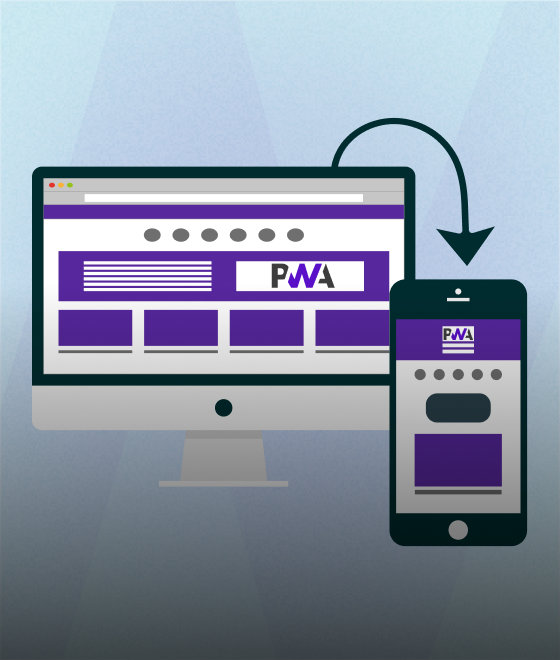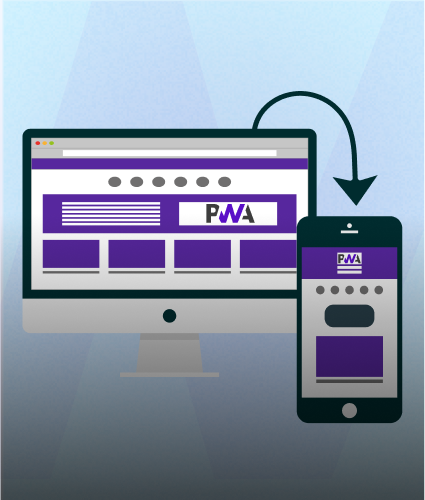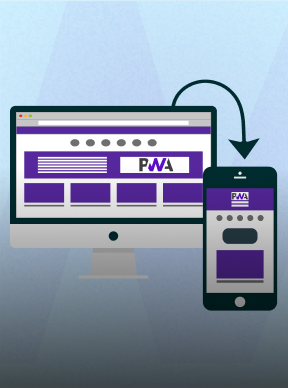Introduction: My First Encounter with Online Payments
I still remember the first time I had to integrate a payment gateway into a Laravel project. The client’s words still ring in my ears: “It should be simple, right? Just add Razorpay.” If only it were that easy!
The reality? I spent hours digging through documentation, dealing with vague error messages, and wondering whether I was building a payment system or accidentally writing my own banking software.
If you’ve ever felt that way, you’re not alone. Online payments can feel intimidating, especially if it’s your first time working with APIs like Razorpay. But here’s the good news: integrating Razorpay in Laravel is actually much simpler than it looks once you know the steps.
This post is my attempt to save you from the hair-pulling frustration I once experienced. By the end, you’ll have a clear roadmap for setting up Razorpay in your Laravel app, complete with tips, insights, and a few personal reflections along the way.
Why Razorpay + Laravel is a Winning Combo
Laravel, with its elegant syntax and developer-friendly ecosystem, has become the go-to framework for PHP developers. Razorpay, on the other hand, has earned its place as one of the most developer-friendly payment
gateways in India, offering smooth APIs, great documentation, and a wide range of payment options (cards, UPI, wallets, you name it).
So when you combine Laravel’s structure with Razorpay’s flexibility, you get a robust and scalable payment solution for any kind of project, from small e-commerce stores to large SaaS platforms.
But enough talk. Let’s roll up our sleeves and dive in.
Insightful Analysis: Demystifying Razorpay in Laravel
Let’s address the elephant in the room first: why does payment integration feel so intimidating?
Part of it is because payments involve real money. If your “Hello World” app crashes, nobody bats an eye. But if your payment gateway messes up, it can mean lost revenue, unhappy customers, or worse, compliance issues.
Another reason? Documentation often assumes a level of prior knowledge. You’ll see terms like webhooks, authentication headers, signature verification, and if you’re new, it sounds like a different language.
But here’s the truth: at its core, Razorpay integration is just about three things:
- Creating an order (server-side in Laravel).
- Collecting payment (client-side with Razorpay’s checkout).
- Verifying payment (server-side again, for security).
That’s it. Three simple steps. Once you understand this flow, the rest is just Laravel code and Razorpay API calls.
I like to think of it as a relay race: Laravel starts the race by creating the order, Razorpay takes the baton during checkout, and Laravel finishes the race by confirming everything went smoothly.
Practical Tips: Step-by-Step Razorpay Integration in Laravel
Let’s get into the nitty-gritty. Here’s a step-by-step guide you can follow:
1. Install Laravel and Set Up Your Project
If you don’t already have a Laravel project, spin one up:
2. Create a Razorpay Account
First, you need to create a Razorpay Developer account.
Create an Account from here: https://razorpay.com
- Click on “Log in to Dashboard”. If you don’t have an account with Razorpay, then create a new one.
- Navigate to your "Dashboard".
- On the dashboard, find the "API Keys" section. Here, you will find your Key ID and Key Secret.
- Next, copy the client ID and secret.
3. Install Razorpay Package
Run the following command to install Razorpay’s official PHP package:
4. Set Up Razorpay Credentials
Add your Razorpay key and secret in the .env file:
5. Create Routes
In routes/web.php:
6. Create a Controller
Now, let’s create a controller named RazorpayPaymentController:
In app/Http/Controllers/RazorpayPaymentController.php:
7. Create Blade File
Now, create a new Blade view file resources/views/razorpay.blade.php and add this code:
8. Run Laravel App
Finally, start your Laravel app with:
Now open your browser and go to:
http://127.0.0.1:8000/razorpay/payment
You should see a payment button. Try it with Razorpay’s test card details.
Before diving into the conclusion, it's worth highlighting that our team at Zignuts Technolab brings deep expertise in full stack web development, combining the latest technologies with agile methodologies to deliver scalable and high-performance web applications. Whether you need custom front-end interfaces, robust back-end systems, or seamless third-party API integrations, our comprehensive full-stack development services ensure your project’s success. Contact us for a Free Consultation
Conclusion: From Frustration to Flow
When I first started with Razorpay, I thought it was going to be a nightmare. But once I broke it down into its core steps order creation, checkout, verification it all started to click.
If you’re feeling overwhelmed, remember: you don’t need to master every payment concept in one go. Just take it step by step. And before long, you’ll be handling online payments like a pro.
After all, isn’t that the beauty of being a developer? We take complex problems, break them into smaller parts, and solve them with elegance.




.svg)

.svg)



.svg)

.svg)

.png)
.png)









.png)
.png)
.png)
.png)
.png)
.png)



